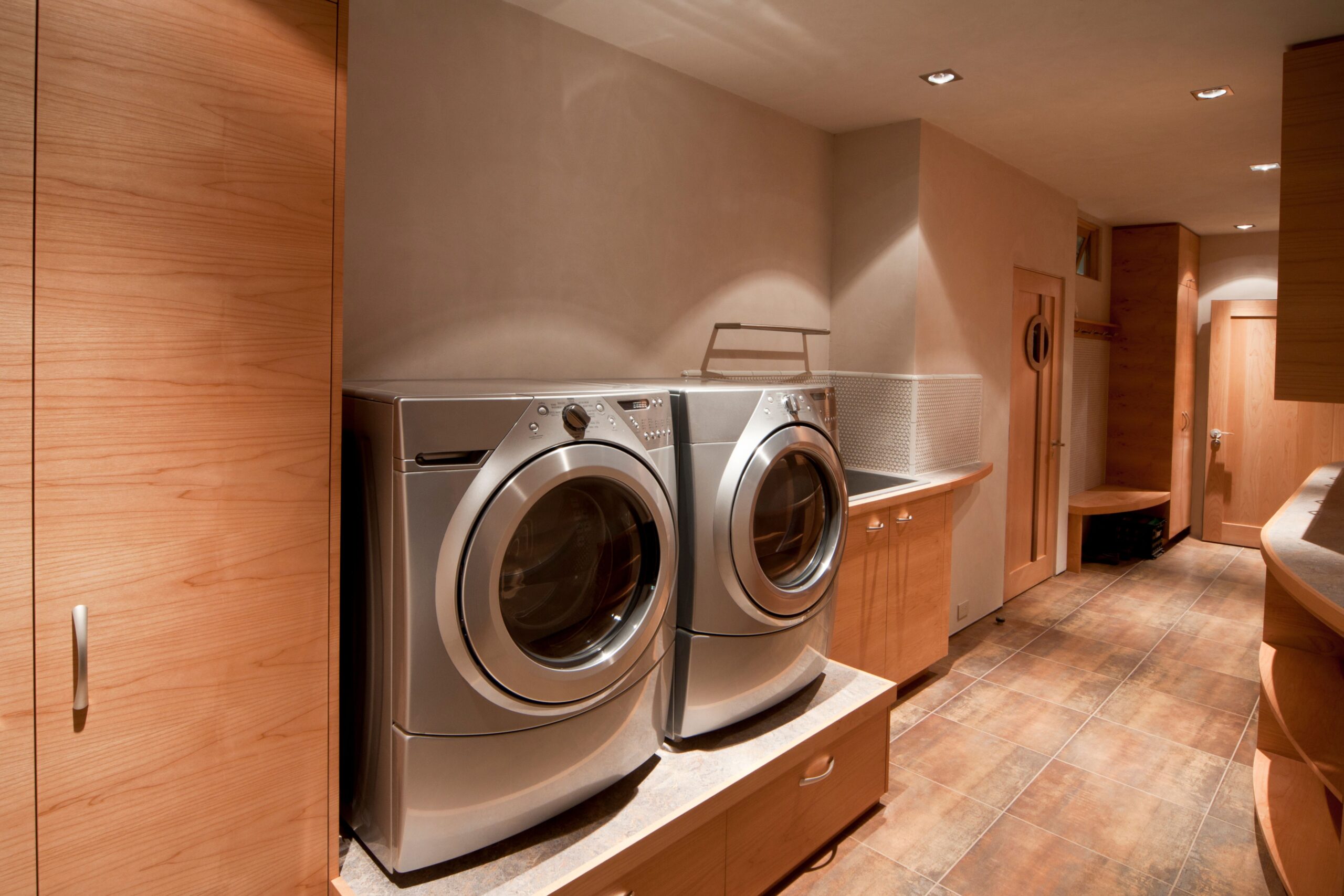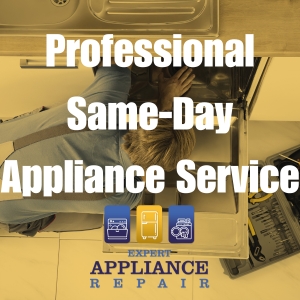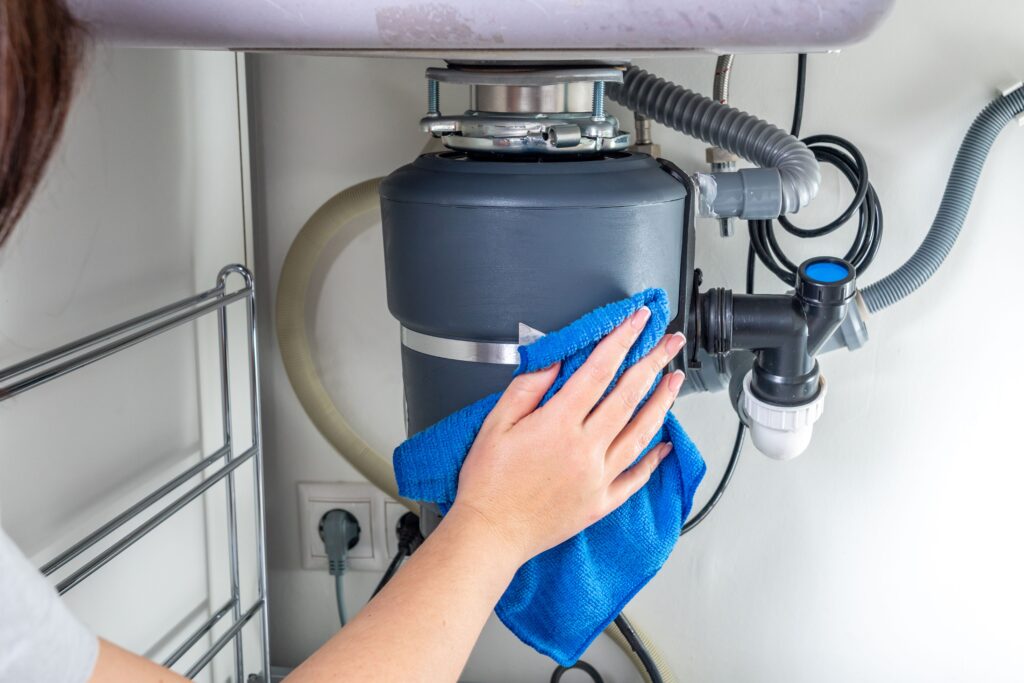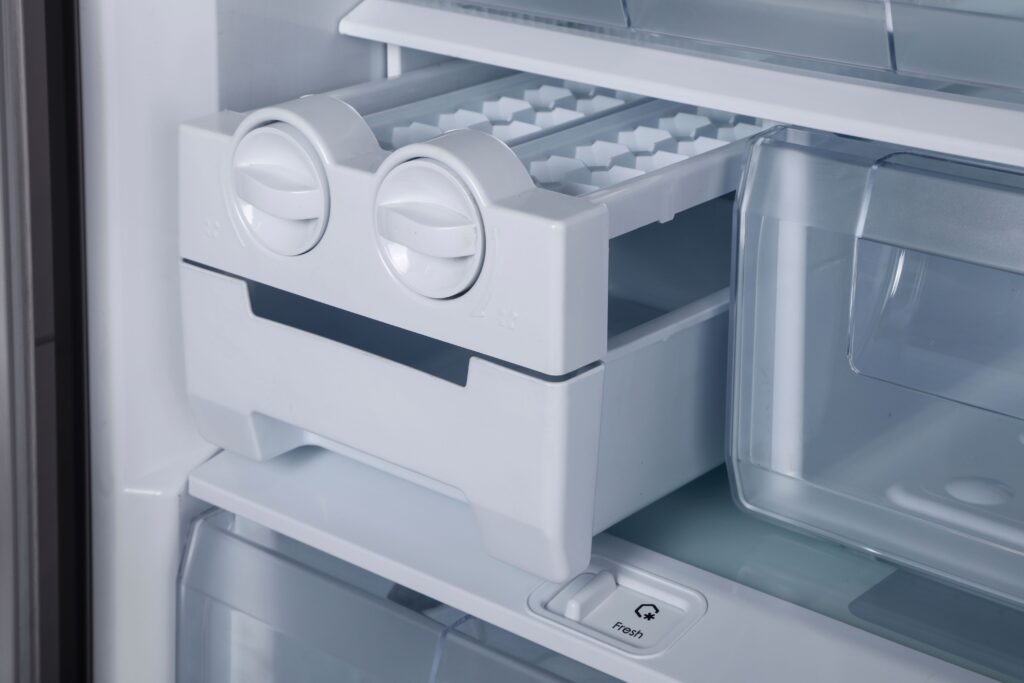
Dryer Repair Guide: Troubleshooting Common Issues and Simple Solutions
Having a malfunctioning dryer can be a major inconvenience in our busy lives. Before you call a professional for appliance repair services, it’s worth trying some simple DIY fixes that might get your dryer back in working order. This guide will help you diagnose and repair common issues that most household dryers could encounter.
Safety First
Before you begin troubleshooting your dryer, always ensure safety:
- Unplug the Dryer: Always unplug the appliance before starting any repairs to avoid electrical hazards.
- Gas Safety: If you have a gas dryer, shut off the gas supply to prevent leaks.
- Proper Tools: Have your toolbox ready with essentials like screwdrivers, pliers, a multimeter, and gloves.
- Manual Reference: Consult your dryer’s manual for model-specific information and safety warnings.

Common Dryer Issues and DIY Solutions
Dryer Not Heating
A dryer that runs but doesn’t heat is typically due to:
- Heating Element: For electric dryers, check the heating element for damage or continuity issues.
- Gas Valve Solenoids: On gas dryers, faulty gas valve solenoids can prevent the dryer from heating.
- Thermostat: A malfunctioning thermostat can fail to regulate the temperature, resulting in no heat.
- Igniter (Gas Dryers): If the igniter doesn’t glow, it might need to be replaced.
Dryer Won’t Start
If your dryer doesn’t respond or make any noise when you turn it on, here are some things to check:
- Door Switch: A defective door switch will prevent the dryer from starting. Check if the switch clicks when pressed. If not, it may need replacement.
- Start Switch: Test the start switch with a multimeter for continuity. If it doesn’t have continuity, it needs to be replaced.
- Thermal Fuse: Often located on the blower housing, a blown thermal fuse can prevent the dryer from starting. Test it for continuity and replace it if necessary.
- Circuit Breaker: Ensure the dryer’s circuit breaker hasn’t tripped. If it has, reset it and try starting the dryer again.

Dryer Overheating
Overheating can pose a fire risk, and common culprits include:
- Lint Trap: A clogged lint trap restricts airflow. Clean it out after each cycle.
- Venting Hose: Inspect and clean the venting hose to remove any lint buildup.
- Thermostat and Thermal Cut-Off: Test these components with a multimeter and replace them if they show no continuity.
Dryer Making Noises
Strange noises are often an early sign of mechanical issues:
- Drum Glides: Worn-out drum glides can cause a scraping noise.
- Drum Bearings: If the drum rotates roughly or you hear a squeaking noise, the drum bearings might need to be replaced.
- Drive Belt: A squealing sound might indicate a frayed or damaged drive belt.
- Idler Pulley: It provides tension to the belt. A worn idler pulley can make a squeaky or roaring noise.
Dryer Takes Too Long to Dry
If your clothes aren’t drying properly, consider these:
- Lint Filter: Again, a clean lint filter is crucial. A clogged filter can extend drying times significantly.
- Exhaust Vent: Check the exhaust vent while the dryer is running to make sure the air is flowing out. If not, there could be a blockage.
- Heating Element (Electric Dryers): Partially burned-out elements can cause longer drying times.
- Moisture Sensor: Dirty or faulty sensors can’t accurately detect when clothes are dry.
Tips for Successful DIY Dryer Repairs
- Model-Specific Instructions: Use your model’s schematic for guidance on part locations and disassembly procedures.
- Parts: Only use replacement parts that are designed for your specific dryer model.
- Photographs: Take pictures before and during disassembly to help with reassembly.
- Patience: Take your time with each step to avoid any mistakes.
When to Call a Professional
If you’ve attempted the above solutions without success, it might be time to call in a professional. Also, if your dryer needs extensive disassembly or you encounter wiring problems, professional service is recommended for safety.
Remember, regular maintenance can prevent many of these issues. Keep your lint trap and ducts clean, ensure proper airflow, and listen for any unusual sounds during operation.
By following this guide, you may be able to solve simple dryer issues yourself. However, for complex problems or to ensure the job is done right, consider filling out our form to compare competitive quotes from local dryer repair companies. Your DIY efforts can save you time and money, but there’s no substitute for professional expertise when you need it.

Dryer Repairs That Are Best Left to Professionals
While many dryer issues can be addressed with a bit of DIY knowledge and some elbow grease, there are certain problems that are best left to the professionals due to the complexity of the repair, the need for specialized tools, or the potential safety hazards involved. Here’s a rundown of dryer problems that typically require professional attention:
High-Risk Electrical Repairs
If the issue with your dryer involves the internal wiring, electronic control boards, or other complex electrical components, it’s best to call a professional. Mistakes with electrical repairs can lead to further damage to the appliance, or worse, pose a serious risk of electric shock or fire.
Gas Supply Issues (for Gas Dryers)
Gas dryers involve components like gas valves, igniters, and burners. Any repairs that require manipulating the gas supply lines or dealing with gas connections should be done by a professional to avoid the risk of gas leaks, which could lead to fire or carbon monoxide poisoning.
Drum and Motor Problems
If the motor of your dryer is failing, or if there are issues with the drum support rollers and shaft, these are typically signs of wear that require a complete disassembly of the dryer. Professionals have the tools and expertise to handle these components safely and correctly.
Sealed System Repairs
Dryers have certain components that are factory-sealed. These are not meant for DIY repairs and usually require special tools and expertise to service. Tampering with these can also void warranties and cause more issues in the long term.
Extensive Disassembly
While some parts are easy to access, others require that you remove multiple components of the dryer. This process can be intricate and time-consuming. Professionals can disassemble and reassemble a dryer quickly and ensure that every part is in its correct place.
Replacement of Major Components
If a major component, such as the drum or the electronic control system, needs replacing, a professional can ensure that the correct part is ordered and installed properly. They can also typically provide a warranty for the work performed.
Persistent Issues After DIY Repair
If you’ve tried to fix the dryer yourself and the problem persists, it may indicate a more complex issue that wasn’t initially apparent. Professionals can run a comprehensive diagnostic to find the root cause and address it accordingly.
Error Codes
Modern dryers often have electronic control panels that display error codes when there is a problem. Interpreting these codes and performing the correct repair often requires specialized knowledge and tools that professionals have at their disposal.

Advantages of Professional Repair Services
- Expertise: Professionals have the training and experience to handle complex repairs safely.
- Tools: They have the necessary tools for the job, which most homeowners do not.
- Warranty: Most professional repairs come with a warranty, giving you peace of mind.
- Time-saving: A professional can complete the repair faster than a DIY attempt, minimizing the inconvenience.
- Safety: They know how to handle potentially hazardous situations, reducing the risk of injury or property damage.
Reliable Brands if Replacement is Requires
When your dryer has reached the end of its life or repairs are too costly, it’s time to consider a replacement. Selecting a new dryer is a significant decision and investment, so it’s essential to choose a brand that is known for durability, efficiency, and excellent after-sales support. Here’s a look at some of the best dryer brands on the market:
Whirlpool
Reputation: Whirlpool is a well-established brand with a reputation for producing reliable and long-lasting dryers. They offer a wide range of models with various features to suit different needs.
Features: Whirlpool dryers often come with advanced moisture sensing to prevent over-drying, various cycle options for different fabrics, and energy-efficient technology.
LG
Reputation: LG is known for incorporating innovative technologies and smart features into their appliances. Their dryers are often at the forefront of efficiency and user-friendly design.
Features: Many LG dryers feature TRUESTEAM™ technology, which can reduce wrinkles and odors. They also have smart capabilities that allow you to control your dryer remotely via an app.
Samsung
Reputation: Samsung is another brand that emphasizes technology and smart home integration. Their appliances are sleek, modern, and often packed with features.
Features: Samsung’s dryers offer steam cycles for wrinkle release, sensor dry options, and a smart home ecosystem that can integrate with other Samsung devices for a seamless experience.
Maytag
Reputation: Maytag is synonymous with durability. Their dryers are built to handle heavy use and come with a 10-year limited parts warranty, which speaks to their confidence in product longevity.
Features: Look for Maytag models with extra-large capacity, advanced moisture sensing, and rapid dry cycles.
Bosch
Reputation: Bosch is a leader in the home appliance sector, well-known for its compact designs that fit well in smaller homes or apartments without sacrificing performance.
Features: Bosch dryers are often ventless and use condensation drying technology, which can be more energy-efficient and doesn’t require ducting.

GE Appliances
Reputation: General Electric (GE) offers dryers that are both durable and feature-rich. Their models range from basic to high-end, catering to a variety of consumer needs.
Features: GE dryers may include features such as HE Sensor Dry to prevent overdrying, steam refresh cycles, and ENERGY STAR® qualifications for better energy use.
Electrolux
Reputation: Electrolux is known for its focus on design and high-quality engineering. They offer some of the best front-load dryers with advanced features.
Features: Electrolux dryers often have a fast dry time, perfect steam wrinkle release option, and a variety of dry cycles for different fabrics.
Amana
Reputation: If you’re on a budget, Amana offers no-frills, dependable dryers at a more accessible price point. They are often recommended for their straightforward, user-friendly design.
Features: Amana dryers provide essential features such as automatic dryness control and a wrinkle prevent option.
Miele
Reputation: Miele is a high-end brand that is all about quality, longevity, and efficiency. Their appliances are an investment, often with extended lifespans compared to other brands.
Features: Miele dryers typically come with heat-pump technology, which is incredibly energy-efficient. They also have a honeycomb drum design that allows for gentler fabric care.
Speed Queen
Reputation: Speed Queen is less known in the consumer market but is a powerhouse in commercial-grade appliances. Their home dryers are built to commercial standards, which means they are made to last.
Features: Speed Queen dryers come with commercial-grade components, outstanding warranties, and heavy-duty cycles.
Choosing the Right Dryer
When selecting a new dryer, consider the following:
- Capacity: Make sure to choose a size that fits your household’s laundry needs.
- Type: Decide between gas and electric based on your home setup and energy preferences.
- Features: Look for features that match your laundry habits, whether it’s steam cycles for busy professionals who want wrinkle-free clothes or robust drying options for large families.
- Energy Efficiency: Consider models with ENERGY STAR® ratings to save on utility bills and be more eco-friendly.
- Budget: Determine what you’re willing to spend as dryers can range from a few hundred dollars to several thousand.
Replacing your dryer offers an opportunity to upgrade your laundry routine. Take the time to research and choose a brand and model that aligns with your needs, preferences, and budget. Whether you prioritize innovation, energy efficiency, or sheer durability, there’s a brand out there that offers the perfect dryer for your home.

While there’s a sense of accomplishment that comes with fixing household appliances yourself, safety and efficiency should always come first. For complex dryer issues, seeking professional help is not only the smart choice but could also be the most cost-effective one in the long run. Regular maintenance and cleaning are your first lines of defense against dryer problems, but when those fail, don’t hesitate to call in the experts.


